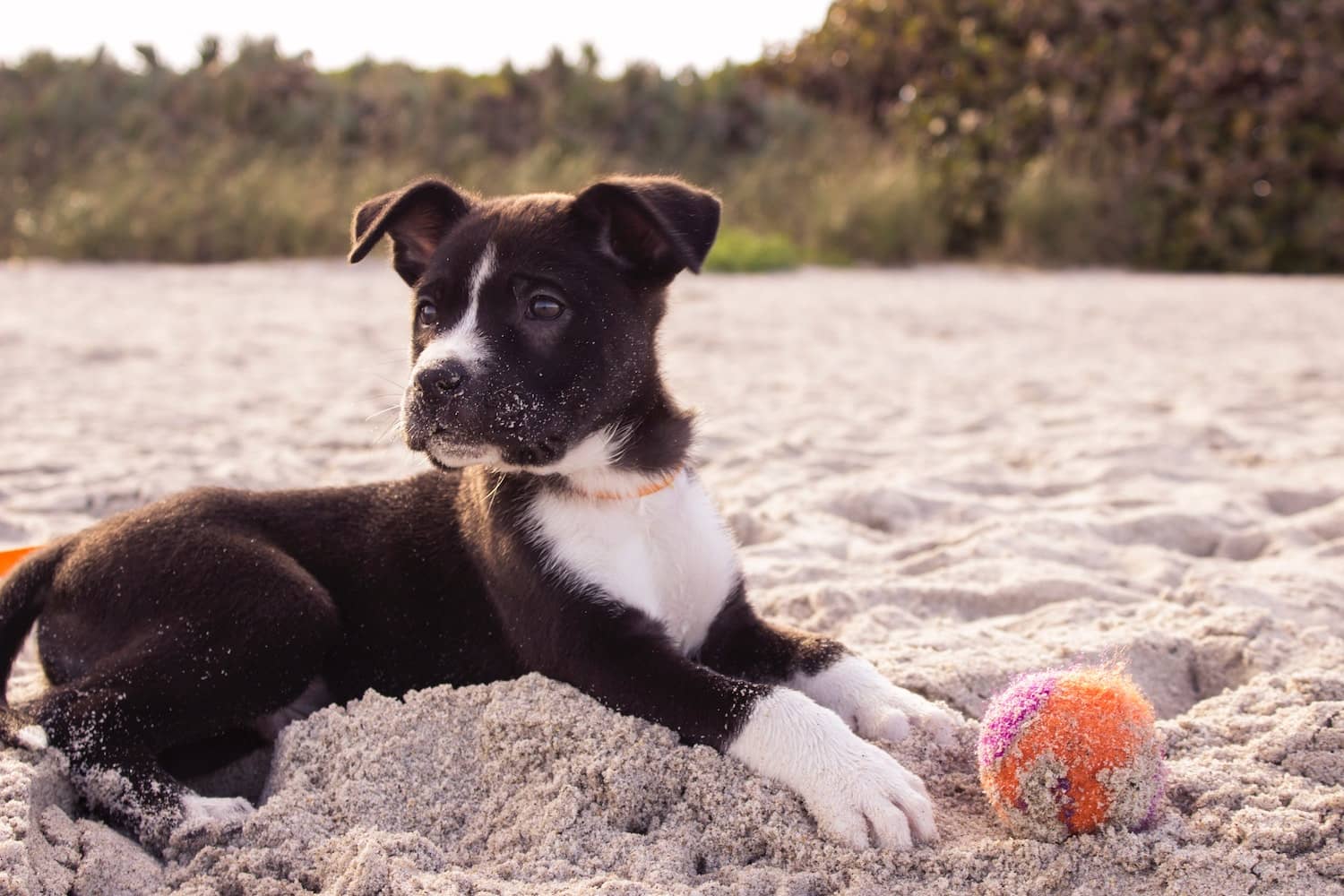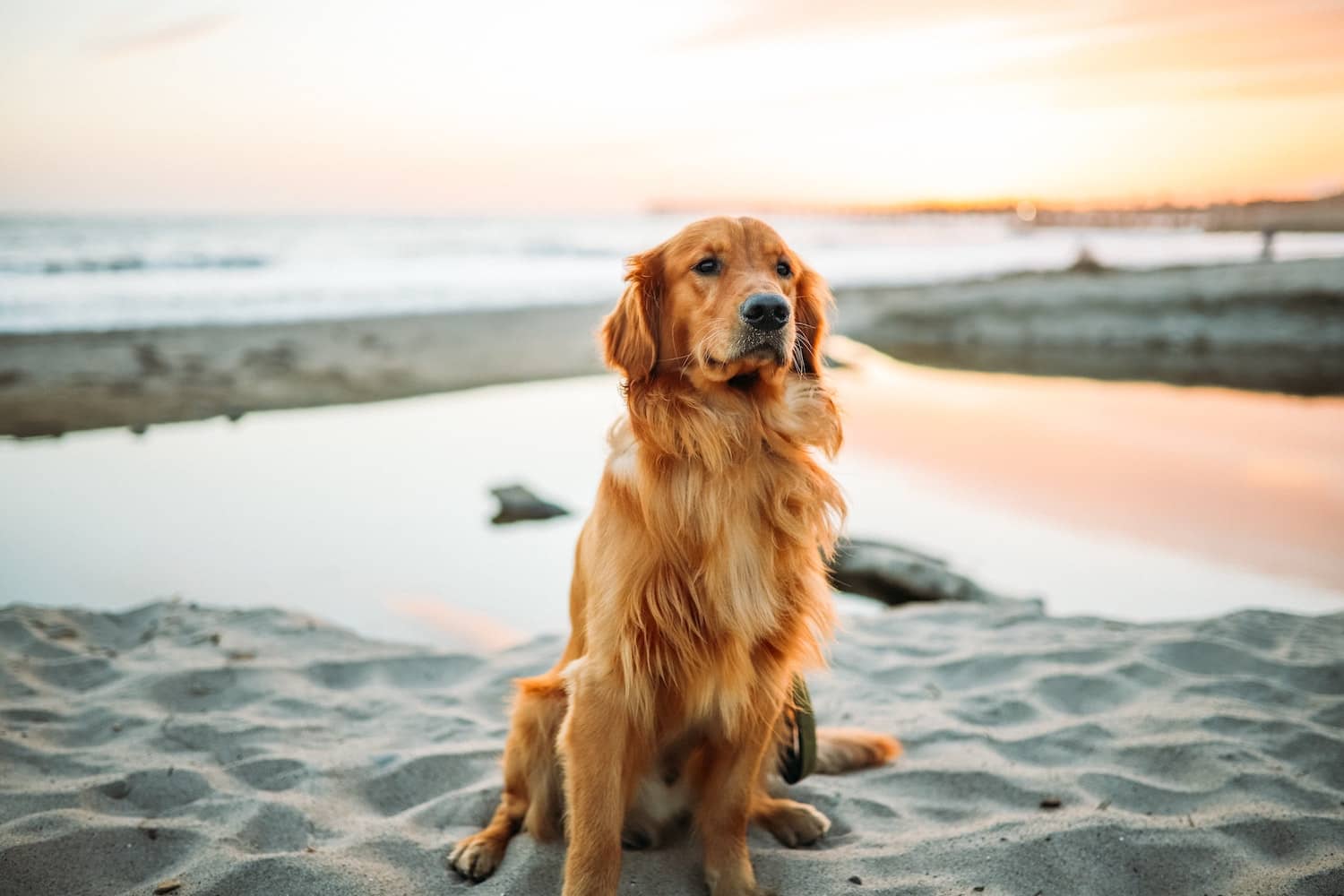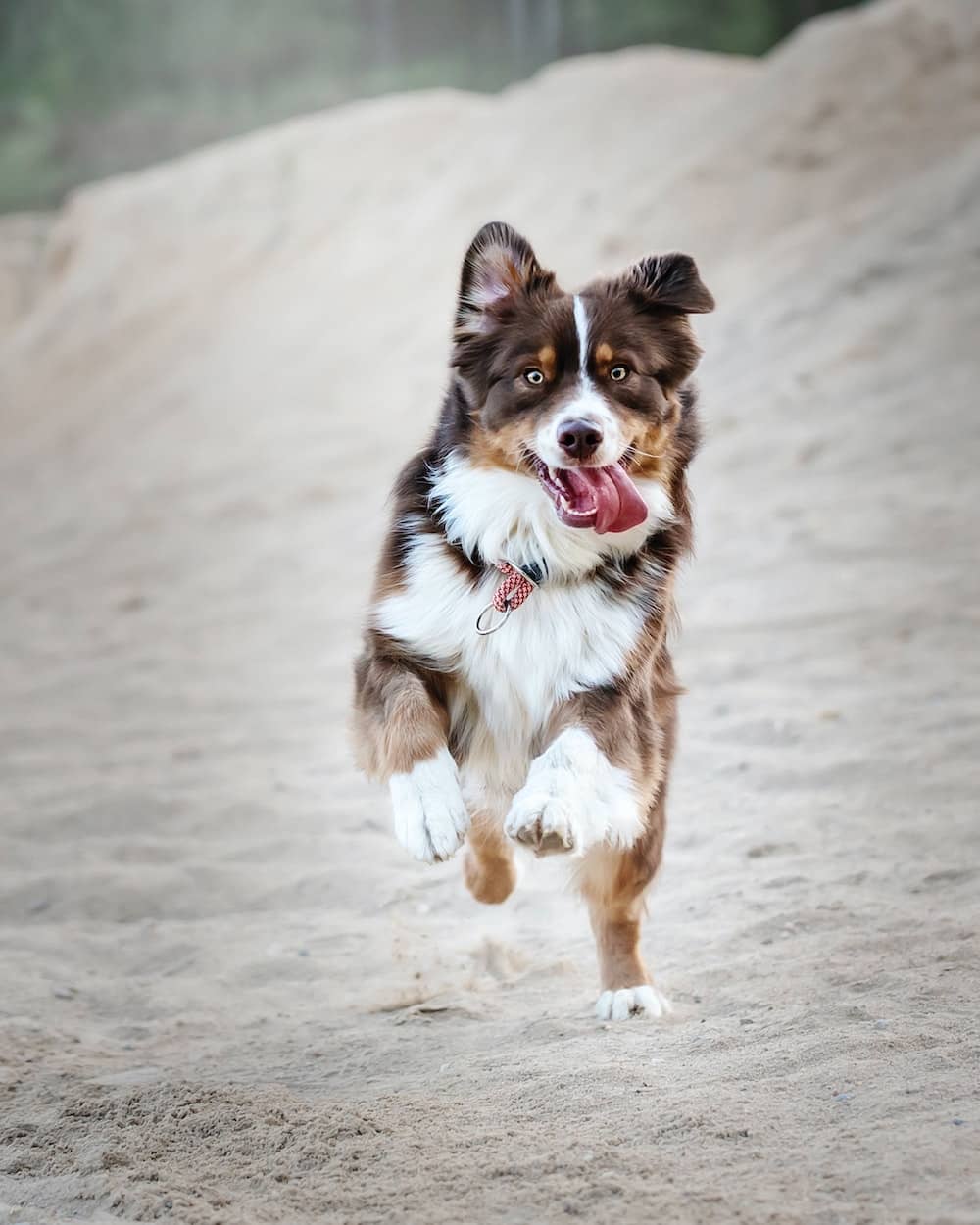Aug 26th 2022
Snapping the perfect image can be difficult enough, but when your subject is man’s best friend, an additional level of care is necessary. Professionals typically make dog photography look easy, but every pet lover knows that “Give me the puppy dog eyes” isn’t a command most canines will abide by.
Fortunately, there are several tried and true methods for getting the perfect image when photographing Fido.

1. Learn the Dog’s Personality First
Every great photographer gets to know subjects a bit before beginning a session. This rule is just as important when it comes to dog photography. Chance’s excitability can make for a much different experience than the calm demeanor Shadow found in his elder years.
A restless subject might equate to a fast-paced shoot, while a low-key pup may need you to work for his attention. You should bring snacks and have a favorite toy readily available to get your canine subject focused enough for a few great shots. One popular dog photographer, known as The Dogist, even utilizes his own “cookie cam” to get the best candid canine captures.
The lesson here is that preparation is key in dog photography.
2. Get Ready to Get Up Close
Getting a well-timed shot of a dog staring up at you can look great in a photobook or custom calendar. For outstanding pictures of man’s best friend, though, you should go into their world. If you’re snapping a St. Bernard, this could mean dropping down to your knees. For a Shih Tzu, you might need to become accustomed to laying on the floor.
Dog photography is about capturing what makes a specific pup special. How can you hope to do this if you’re always towering over them as if they’re just like any other dog at the park?

3. Consider Using Manual Mode
Autofocus can be a great tool in the world of dog photography. This is especially the case with a subject who is high energy from start to finish. If the pup is slowly moving around or just taking a break, though, using manual focus can help create sharper images. Utilizing a little blur everywhere except the dog’s face will draw viewers’ attention to what’s important.
You can also use Portrait mode on an iPhone to achieve a similar effect. Most of the latest versions of the iPhone allow this. You simply need to swipe to Portrait mode after opening your camera. Your phone will then suggest adjustments in achieving the best portrait.
4. It’s All in the Face
It can sometimes be difficult to distinguish an angry bark from an excited one. One look at a dog’s face, however, and you’ll usually know what’s going on in their heads immediately. The eyes of a canine can often tell you just as much information as you’d gather from talking directly to a human subject.
A picture of a sitting dog staring off into the horizon can certainly evoke emotion. When it comes down to it, though, capturing the expressive nature of a pup’s face is typically the best way to go. You’ll obviously get some great photos otherwise, but it’s best to stay focused on the eyes and expressions throughout most of the shoot.

5. Find the Best Lighting
Whether you’re reading a guide to snapping pictures of any subject, you’ll always encounter the “best lighting” suggestion. Lighting really is everything when it comes to taking impressive pictures. And, this is even more so the case with dog photography. This is because a canine’s eyes reflect light differently than a human’s.
Avoid taking photographs in dim rooms. Natural light is best, but if it’s just not working out, diffuse a bright source to best catch the glimmer in your pet’s eyes. Don’t be afraid to use some editing software to even out the reflections. If you’re shooting on your phone, a few photo editing apps to experiment with include:
- VSCO
- A Color Story
- Adobe Photoshop Express
6. Plan Accordingly
While having snacks and toys handy is a great idea, you should also put a little more planning into your dog photography session. If your subject is on the more active side, for instance, you should plan your action shots near the beginning of the session. They’ll eventually wear down, and you can take the more relaxed photos later.
It’s also never a bad idea to create a concept for the session and have a specific shot list in mind. You’ll no doubt snag a few images that weren’t on your list and may not even fit into the concept. In the end, though, failing to plan these sessions out can result in a shortage of great photos.
7. Keep the Noise Down
Pardon the pun – but barking orders simply won’t work with dog photography. Many dogs have noise sensitivity, and even those that don’t can become confused if you’re constantly giving commands they may not understand.
Instead, use nonverbal communication as dogs do among themselves. Hand gestures can do wonders, and if certain verbal commands are needed (e.g. “sit”), they should be used in a soft voice. You’ll also want to avoid using the pup’s name repeatedly during the session – otherwise, they may simply tune you out.
8. Move Slowly and Deliberately
Some of the best dog photography experts out there can capture perfect moments even when a pup is constantly jumping around. To make life far simpler, however, you should remain slow and deliberate with your movements. This will help avoid confusion much like using nonverbal communication.
Whenever a dog sees you moving around, they’ll instinctively want to follow to see what’s going on. When you do need to reposition yourself, do so calmly and slowly to avoid the issue. Dodge any eye contact when doing this as well since they may see it as an invitation to come along.
 9. Utilize Burst Mode for Action Shots
9. Utilize Burst Mode for Action Shots
No matter how hard you try to keep a pup calm and restrained, there are some who can’t quiet down their high energy. This doesn’t mean you won’t have ample opportunities for great photographs, but you should utilize the burst mode on your camera to snag some of these action shots.
By using burst mode, you’ll get several photos within just a few seconds. These will include images from different angles and with varying expressions. Even if you can’t get a dog to sit still for that perfect shot, having numerous images to choose from within seconds of each other means you’re likely to get a good picture.
10. Edit Wisely
It’s rare that a photograph is as perfect as it could be. Editing software can make small changes that improve image quality exponentially. Many dog photographers opt to use RAW format when snapping their photos. This creates a minimally processed image that maintains all the picture’s data. Images shot in RAW give you more freedom during the editing process to adjust lighting, brightness, exposure, and more while maintaining superb quality.
Keep Your Session Fun
While puppies and older dogs alike can be unpredictable, these techniques can ensure you get the perfect picture. There will undoubtedly be some trial and error involved, but even the most excitable pups will be photo-worthy when treated appropriately. Have some fun with your canine companion during the session, and these dog photography tips might just make for the perfect calendar, photobook, or card!




